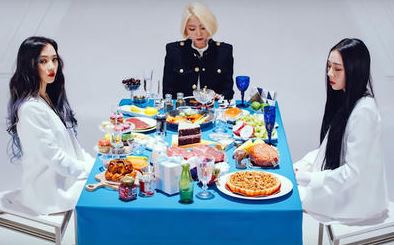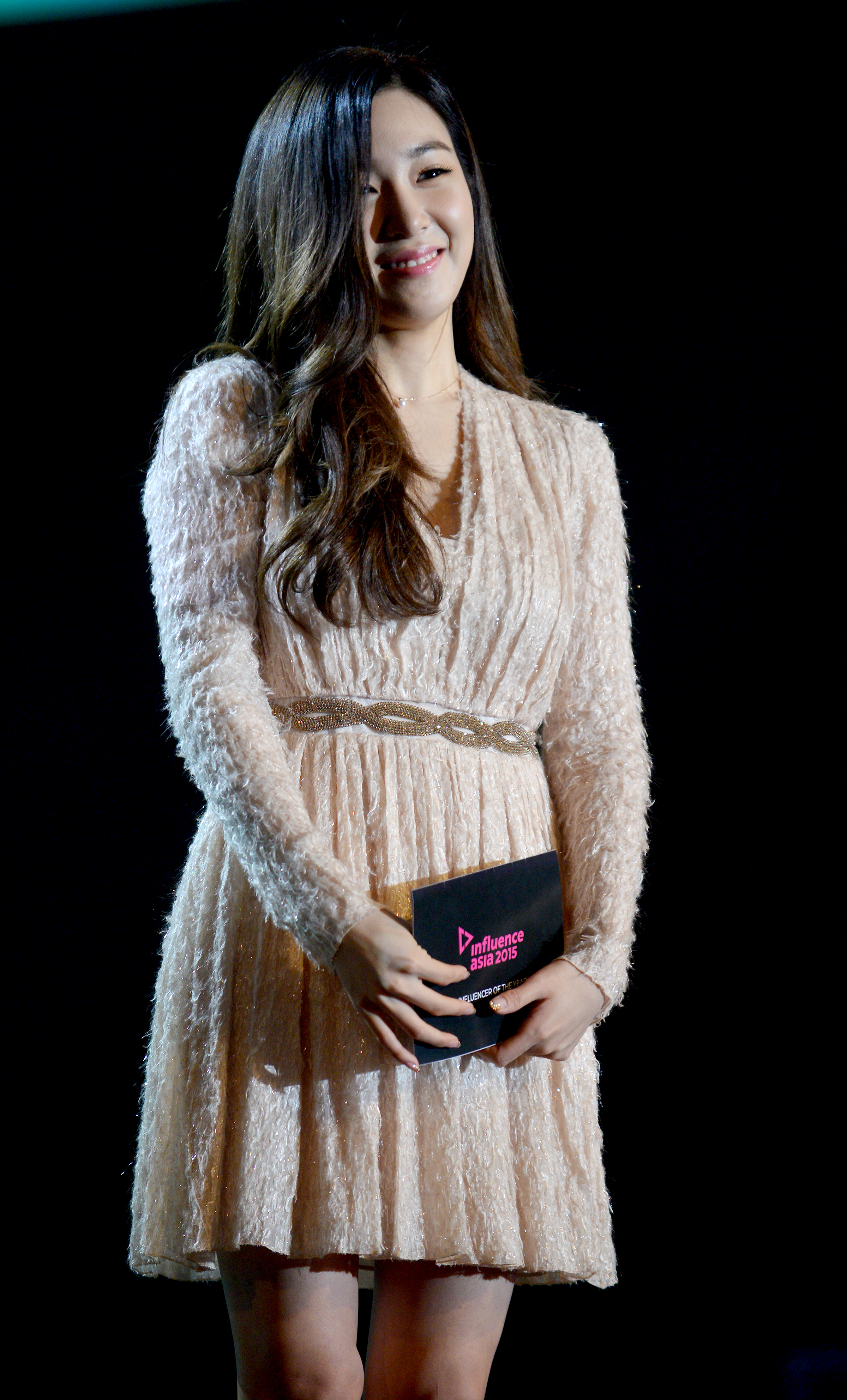A member of a Seoul-based college dance group Lee Hyo-min (not her real name) says she has no fancy tricks when it comes to dieting. She simply “starves” herself, said the 22-year-old.
“I drink water and iced Americano,” the aspiring dancer told The Korea Herald. “If I get really hungry, I have one bite of pizza or something that the group has ordered.”
According to Lee, “just not eating” is the most effective way to lose weight. It is also easier than counting calories or calculating the nutritional balance of each meal. When asked about potential health risks, Lee replied that as of now, a slim figure takes priority over long-term well-being. She stressed, however, that she eats one to two “normal” meals when she is not dieting.
Looking like the members of K-pop girl groups on screen takes tremendous effort, according to Lee. “Some of the skinniest girls in our group look chubby on camera,” she said. “Your body has to have almost no fat to look good.”
In the world of K-pop, which touts stick-thin figures as presentable, achievable and even admirable, there seems to be a fine line between dieting and starvation, with the pressure to look slender often resulting in dangerous consequences.
Last month, it was revealed that JinE of girl group Oh My Girl would be taking a break due to anorexia. JinE had shown symptoms of the eating disorder and had been receiving treatment since her debut, the group’s management agency WM Entertainment announced on Aug. 25.

The girl group member is currently resting in her hometown of Pohang and now weighs a little over 40 kilograms, according to reports. The petite singer, standing at 159 centimeters tall, formerly weighed 30-something kilograms.
Symptoms of anorexia include not eating coupled with a poor body image, according to Baik In-kyung, a professor of food and nutrition at Kookmin University.
The influence of the mass media “cannot be ignored” when it comes to anorexic patients in Korea, according to psychiatrist Kim Hwan-ki.
“The media glamorizes the unrealistic bodies of a few,” Kim wrote in a column in March, leading to patients’ “obsession over unrealistically thin bodies” and “a strange sense of pride in being unhealthily underweight.”
Other K-pop singers have confessed to post-dieting health problems. In February, Sojung of girl group Ladies’ Code mentioned on JTBC’s variety programme “Girl Spirit” that she did not have her period for nearly one year after she started dieting.

“My hormone levels were (similar to) those of a menopausal woman,” said the 163-centimeter tall singer, who debuted after being a finalist on season one of “The Voice of Korea” in 2012. Seeing herself on television for the first time was “shocking,” she said, and prompted her to shed 11 kilograms, with her weight dropping from 49 kilograms to 38 kilograms.
Singer Park Bo-ram admitted on a May episode of “King of Mask Singer” that her vocal range became drastically limited after she lost 32 kilograms.
Girl groups share testimonials of extreme diet regimens on television, from the “cup” routine — where all contents of a meal fit inside one small paper cup — to the self-explanatory “one meal a day” method.
Ladies’ Code’s Sojung also revealed a book where she recorded her diet. One entry read: “one orange, 15 cherry tomatoes, one piece of sweet pumpkin.”
Korean society’s standards for a “thin” figure also appear to be extremely harsh.
In 2014, Tiffany of Girls’ Generation said on the talk show “Radio Star” that with a weight of 48 kilograms and a height of 162 centimeters, she was the heaviest of the (Girls’ Generation) members and teased by other group members for being a “pig.”

A chart that has been circulating on Korean websites juxtaposes two types of weight for a certain height — the “standard” weight versus the “pretty” weight. According to this chart, whose source is unidentified, for a woman who is 165 centimeters tall, the “standard” weight is 59.8 kilograms; the “pretty” weight is some 9 kilograms lighter, at 50.4 kilograms — but most celebrities claim to be much lighter than both figures.
As of 2013, some 17.5 per cent of Korean women aged 19 to 24 are underweight, according to a report released in March by the National Research Institute of Health. Another NIH report found that between 2005 and 2015, 34.7 per cent of nonobese female middle and high school students considered themselves “fat.”
Despite the negative health impact, it is hard for celebrities to avoid extreme dieting, said makeup artist Park So-jung, primarily because of how different their facial features and bodies look onscreen.
“Losing weight makes your eyes and nose pop out (and) become more distinct,” said Park. “There’s a reason they say it’s the equivalent to getting plastic surgery.”
“It’s safe to say that girl groups you see onscreen are pretty much dieting all the time,” said a representative from a K-pop management, agency who wished to remain unnamed. “We do try to enforce healthy guidelines for (our trainees),” but celebrities go out of their way to diet, as they are unable to escape the pressure from both the media and audiences, the representative said.














